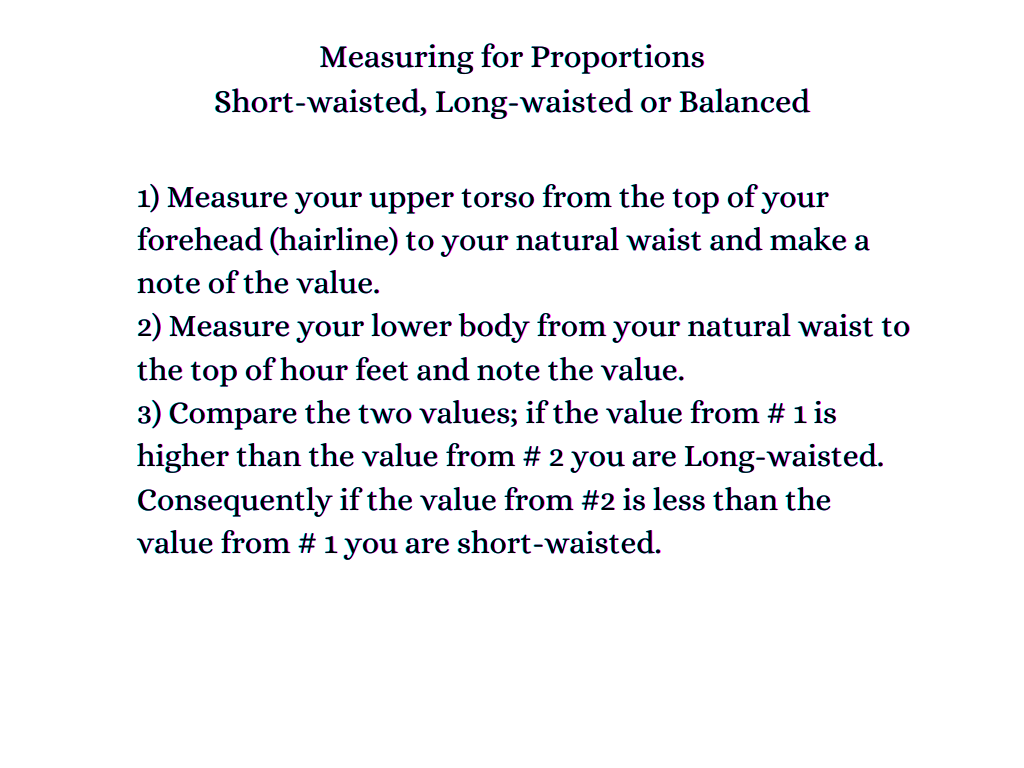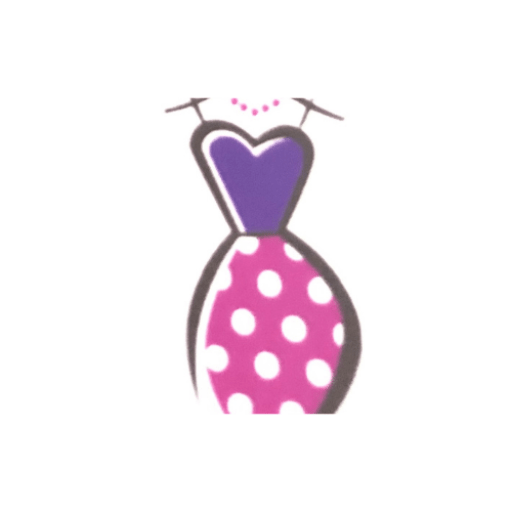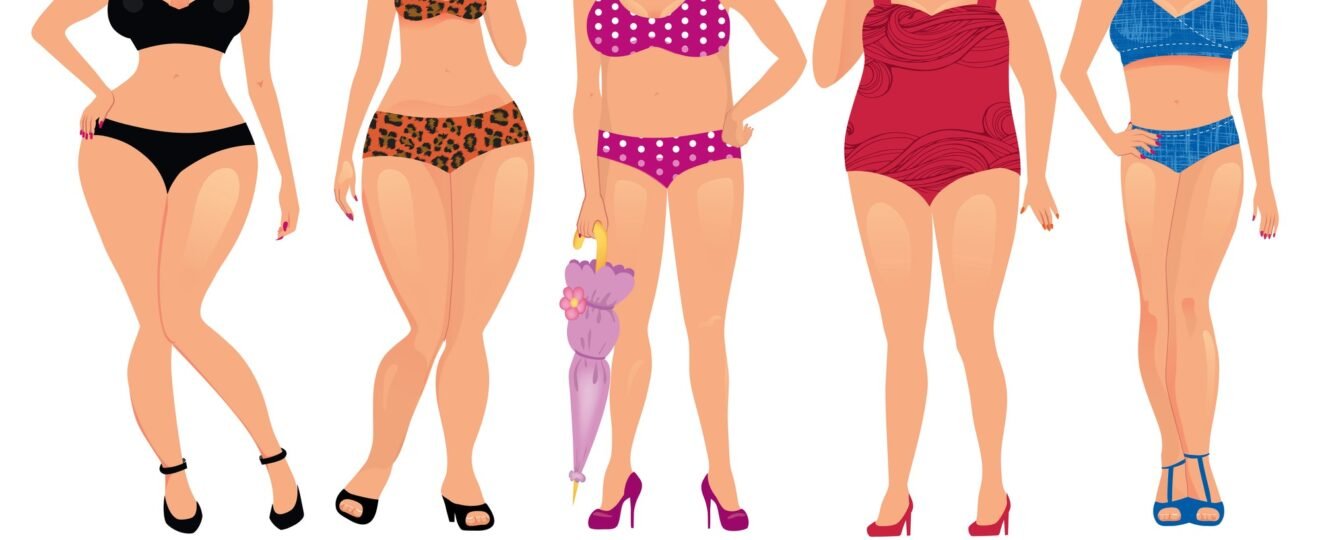The Body Shape and Proportion Discovery page aims’ to determine body shape and proportions. Identifying body shape is a critical element in building creative, eye-catching outfits. Not dressing for one’s body type is the biggest problem working as a fitting room stylist. Determining body shape and proportion comes down to four basic questions outlined in this post.
Already understand body shape basics? Click here and complete the:
Signature & BodyShape survey.
Body Shape Fundamentals
If you are a follower of my content, you know I go on a bit about the importance of understanding the fundamentals of dressing for your shape! Therefore, I want to elaborate a bit as this page is a primary landing page on my website.
The fashion industry designs clothing for tall, skinny women; that is why fashion models are typically tall and straight! The plus-size campaign has improved fashion offerings for women of all sizes and shapes. In any case, the best place to start is a body shape discovery!
Fit and Sizing Challenges
Do you have any distinctive features that should be factored in, for example, a full bust or tummy? Most women have some part of their body they want to minimize or cover up. MyPetiteStyle can show you how to dress in ways that camouflage, shift attention away from the stuff you want to hide, and highlight your excellent bits!
Body Shape and Proportion Discovery
It’s hard for me to believe that the most common body shape is a rectangle. Because it is the least common shape, I see it working in the fitting room. However, after consulting multiple resources, it seems that the rectangle is the shape most often identified by women as their body shape. Next up was the triangle, the shape I often see working with women in the fitting room.
Body Shape Descriptions
- Do you have a clearly defined waist? One way to tell is if your bust or hips or broader than your midsection, you have a defined waist.
- Are your shoulders wider than your hip/thigh area? Shoulders are broader than the hips, usually belong to the inverted triangle shape, and the shape has little to no waist definition.
- Are your shoulders narrower than your hips? If your shoulders are narrower than your hips, you have a waist indentation. However, if you carry weight in your belly, it may be challenging to spot your waistline.
- Identify any distinctive features that are style challenges.
Rectangle, Body Shape Characteristics
This body shape is straight head-to-toe with little to no curve and no clearly defined waist. The shoulders and hips are in balance. You can create the illusion curve by choosing styles that create a defined waist and add fullness to the lower body.
Inverted Triangle, Body Shape Characteristics
The Inverted Triangle shape has shoulders broader than the hip and a minimal curve through the waist. The buttocks of this body shape tend to be flat! Styles that balance the upper and lower body, such as a wide-leg pant, balance a strong shoulder!
Triangle, Body Shape Characteristics
Bodies resembling a Triangle/Pear have hips that are typically wider than your shoulders, and you have a defined waist. Your shoulders tend to be rounded and sloped; your chest and arms may be slender and fine-boned. You may want to add volume to the upper body by wearing styles that accentuate the shoulders.
HourGlass, Body Shape Characteristics
Whenever I think of the classic Hourglass body shape, Marilyn Monroe springs to mind. Back in the day, there was no shame attached to curves, and they were the standard of beauty! Typical characteristics of the Hourglass body shape include generous thighs and a well-rounded bubble butt!
Oval, Body Shape Characteristics
The Oval or round body usually has an upper body that appears larger than the lower body. This shape features an undefined waist and a narrow hip, and the bust, waist, and hips are similar in measurement. The Oval body shape has a fantastic leggy look, which should be accentuated!
What are proportions, and How Can they Impact my Style?
Bodyshape and Proportion Discovery should determine if your body is equally balanced, meaning your torso and legs are close to equal or equal. You are long-waisted when your torso measures longer than your legs and short-waisted when your legs measure longer than your torso. Most of the time, it is easy to tell by looking. However, If you aren’t sure which adjective applies to your body, measure and compare the two values two determine if you are short or long-waisted.



If the value from number #1 above is higher than the value from #2, you are long-waisted. Consequently, if the value is less, you are short-waisted.
Body Shape, Proportions, and Personal Style Discovery
Complete the Signature style and Body Shape survey
Complete the Pant Edit Quiz and find the best pant styles for your signature body traits.
If you have questions, contact Beth at beth@mypetitestyle.us.

